Ten must-see railroad engineering landmarks: While unfortunate to lose the steepest, U.S. standard-gauge climb in North Carolina’s Saluda Grade, there are thankfully many other railroad engineering landmarks across North America that continue to stand the test of time. Whether experiencing them by train, trackside or a mixture of both, here are our ten must-sees from sea to shining sea! 10 must-see railroad engineering landmarks … (in no particular order!).
No. 1: Hell Gate Bridge
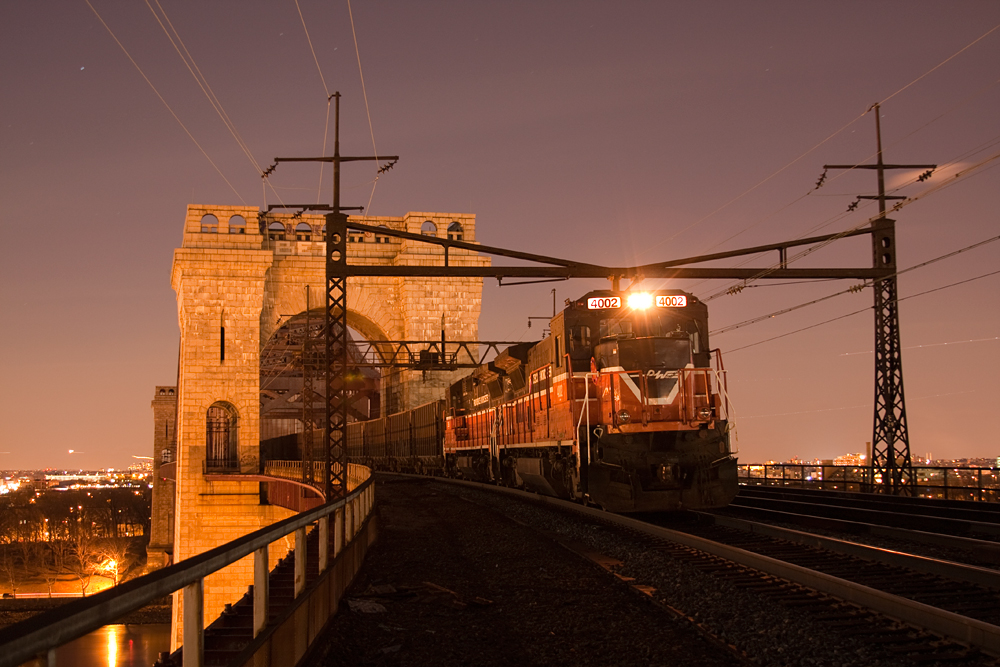
New York City: Named for the crossing of the East River’s notorious rip currents, the 1917-built Hell Gate Bridge spans 1,017 feet with its two architectural towers standing at 250 feet. This grand structure continues to provide a direct linkage for both freight [CSX Transportation and Providence & Worcester Railroad], and passenger service [Amtrak and, in the future, Metro-North Railroad]. While multiple parks with accessible walkways on both banks of the river provide excellent views when visiting, crossing the famous arch bridge by train is an experience in and of itself! Between Manhattan’s Penn Station and Boston, riding Amtrak’s Northeast Corridor provides stunning views of the New York City skyline.
No. 2: Starrucca Viaduct
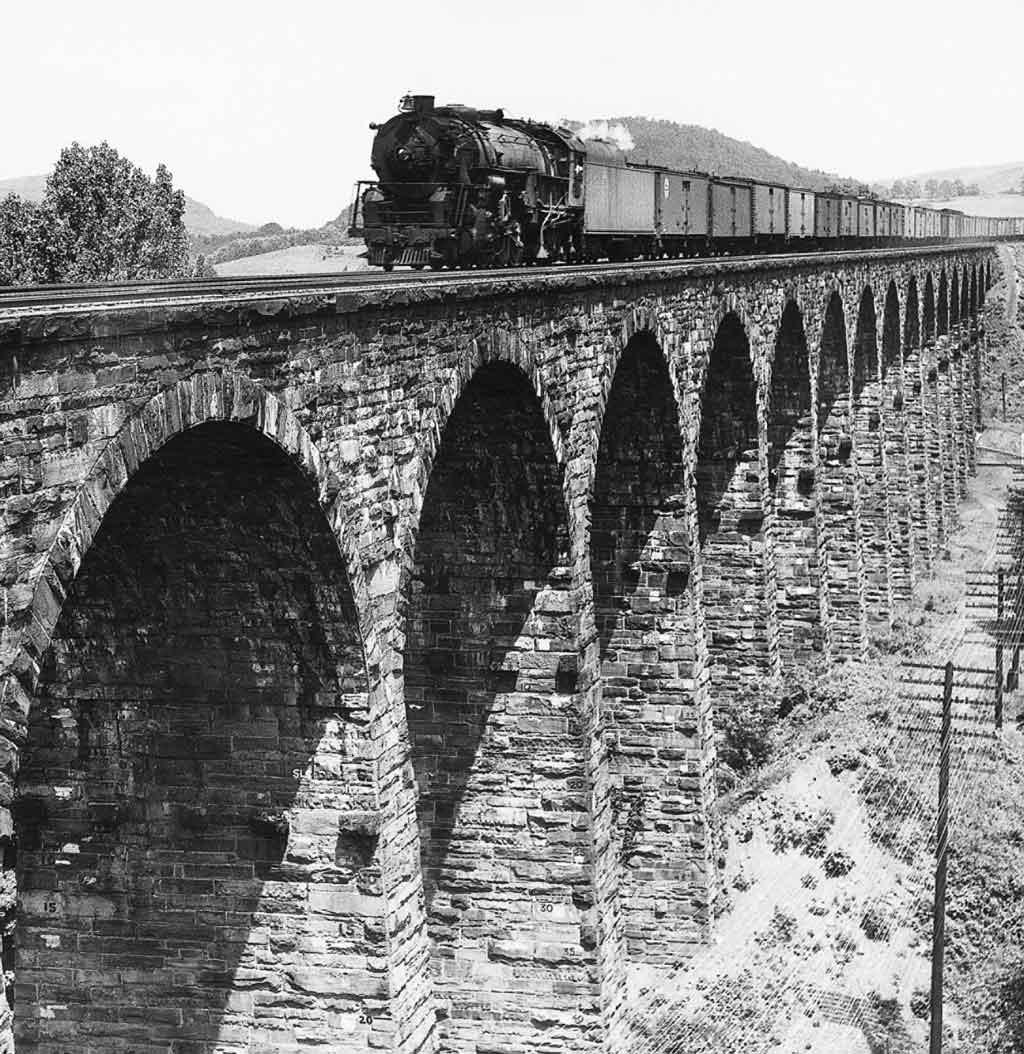
Lanesboro, Pa.: Perhaps not as renowned as the nearby Tunkhannock Creek Viaduct, the 175-year-old Starrucca Viaduct is certainly no slouch, being listed on the National Register of Historic Places and designated as a National Historic Civil Engineering Landmark. Completed in 1848, this stone bridge crosses its namesake creek at more than 100 feet in elevation. A total of 17 arches make up the 1,040-foot span that connects the former Erie Railroad with Port Jervis and Buffalo, N.Y. Today’s freight traffic on the line continues in the form of the Central New York Railroad. Lanesboro’s Luciana Park off Depot Street is a small yet convenient spot to take in the viaduct’s beauty with a picnic included.
No. 3: Horseshoe Curve
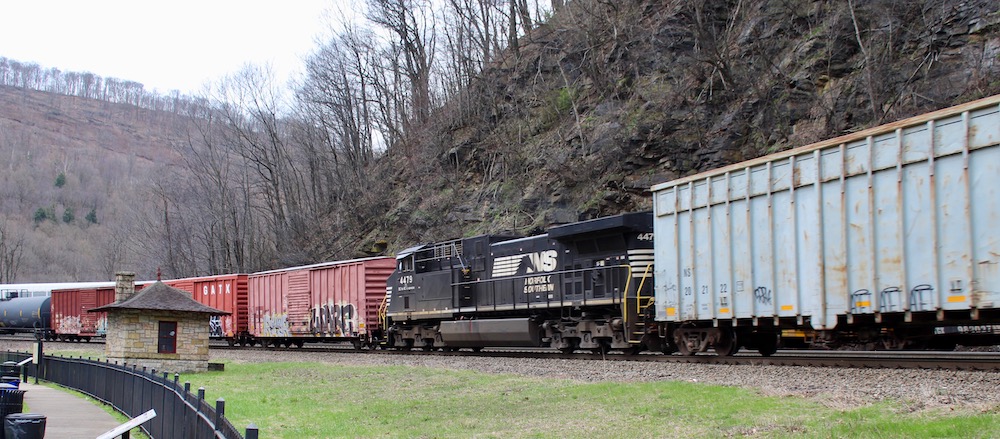
Altoona, Pa.: The genuine article of all “horseshoe curves” that was key to the Pennsylvania Railroad’s westward expansion through the Allegheny Mountains in the 1850s. What else can be said about one of the eight world engineering marvels besides how to experience it firsthand? Horseshoe Curve National Historic Landmark is open from April to December, with a visitor center and park located directly inside the curve. Roughly 50 to 70 trains of both Norfolk Southern and Amtrak traverse what is now the Pittsburgh Line of the Class I railroad. Horseshoe Curve is a scenic highlight aboard Amtrak’s New York-Pittsburgh Pennsylvanian with a station stop at the nearby railroad town of Altoona, Pa.
No. 4: Old Fort Loops
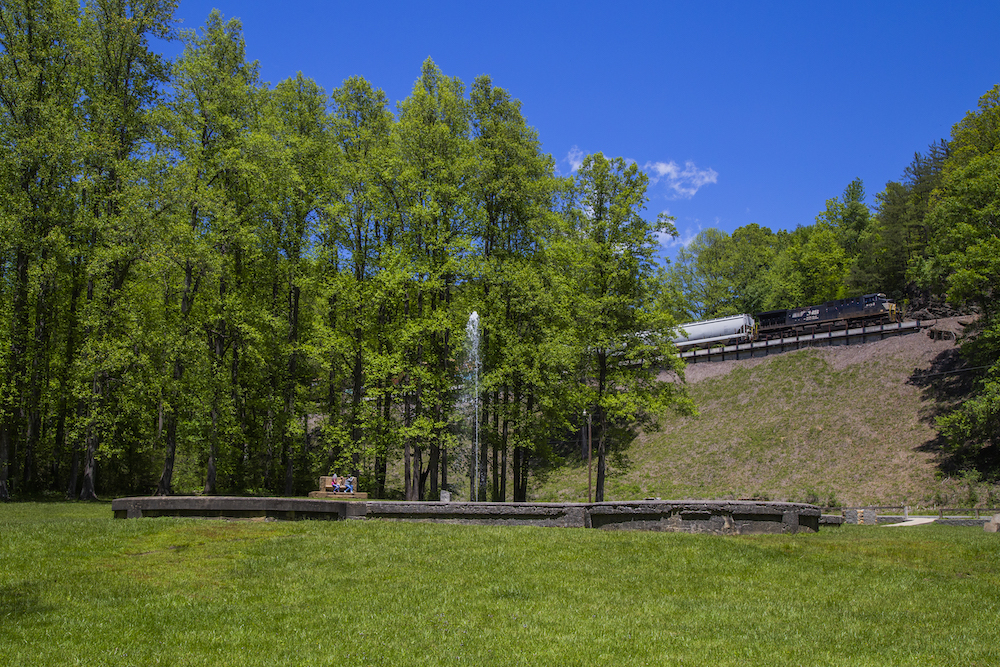
Old Fort, N.C.: This 13-mile section of the former Southern Railway is certainly full of twists and turns with tunnel after tunnel. Between Old Fort and Ridgecrest, N.C., the line mainly follows Mill Creek as it traverses the Carolina Piedmont. While Mill Creek Road stays close to most of the route, Andrews Geyser along the way is a one-stop-shop to witness three loops at different levels twisting over the mountain. Freight traffic through the area can be either hit or miss these days since Norfolk Southern downgraded the S-line from Salisbury, N.C., to Knoxville, Tenn., a couple of years ago. Thus, the experience of visiting this landmark becomes a special treat when catching a train either ascending or descending the Piedmont like a snake through the rolling hills.
No. 5: Georgetown Loop
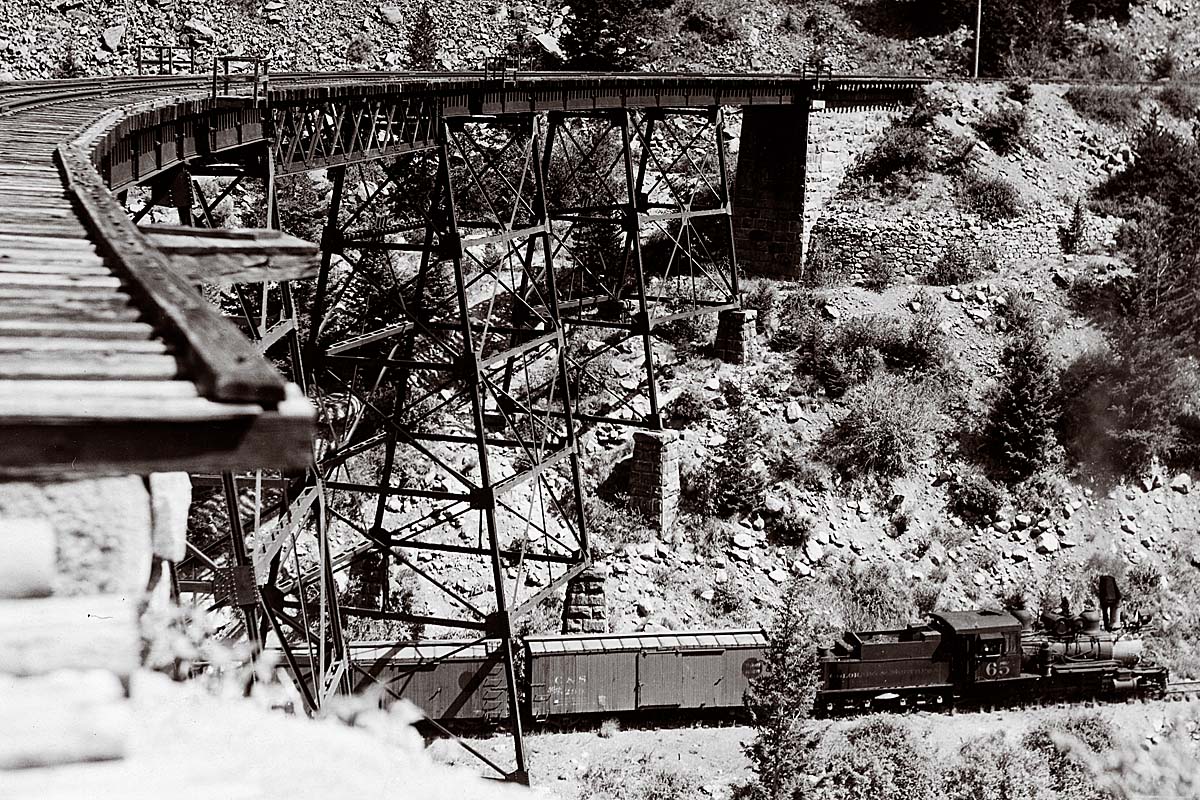
Georgetown, Colo.: We’ve traveled from loops of the standard gauge in the Carolina Piedmont to narrow gauge within the Colorado Rockies! Constructed in 1877 by the original, 3-foot gauge Colorado Central Railroad to reach the mountainous mines, the Georgetown Loop gains 500 feet through two horseshoe curves with Devil’s Gate High Bridge crossing over the tracks. It’s an engineering marvel that has garnered a tourist following that continues today. The preserved Georgetown Loop Railroad offers excursions between Devil’s Gate Station in Georgetown and Silver Plume, Colo. To get the full experience of 19th-century railroading over the loops, make sure to schedule your visit and train ride when the railroad’s steam locomotives are the motive power. The sights and sounds as they climb the grade are spectacular!
No. 6: Moffat Tunnel
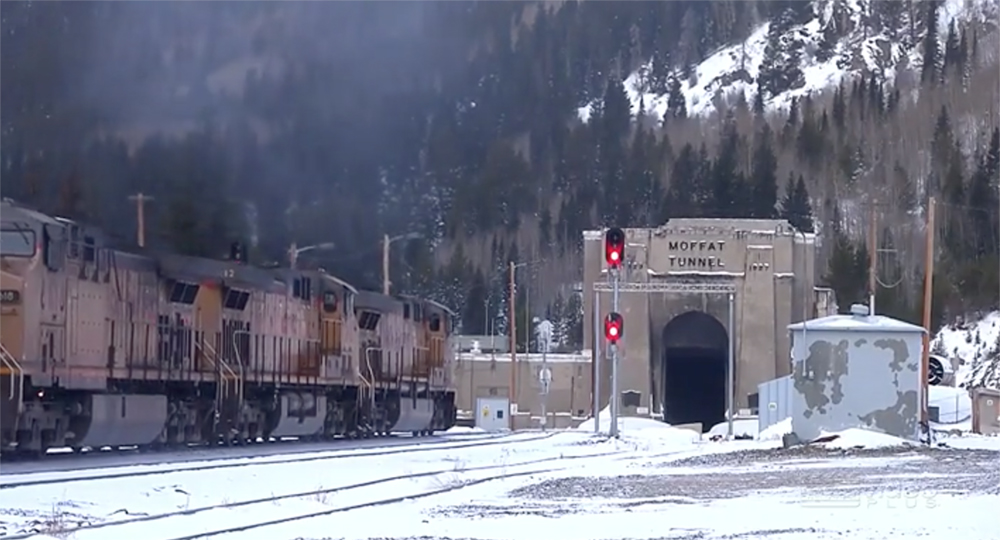
Colorado: As a tribute to the Denver banker and miner David H. Moffat, who dreamed of a direct route from Denver to Salt Lake City, the Moffat Tunnel was officially opened in February 1928. The tunnel cuts through 6.21 miles of the Rocky Mountains and crosses the Continental Divide at 9,239 feet in elevation. Still in service today as part of the Union Pacific Railroad’s Moffat Tunnel Subdivision, safe access to view either portal is possible by the East Portal Trailhead in Nederland and the Winter Park Resort station. Looking for an adventure through the tunnel itself? Scheduled passenger trains traverse the engineering marvel: The Rocky Mountaineer from Denver to Moab, Utah; Amtrak’s Winter Park Express ski train from Denver to the Winter Park Resort, and California Zephyr from Chicago to Emeryville, Calif.
No. 7: Tehachapi Loop
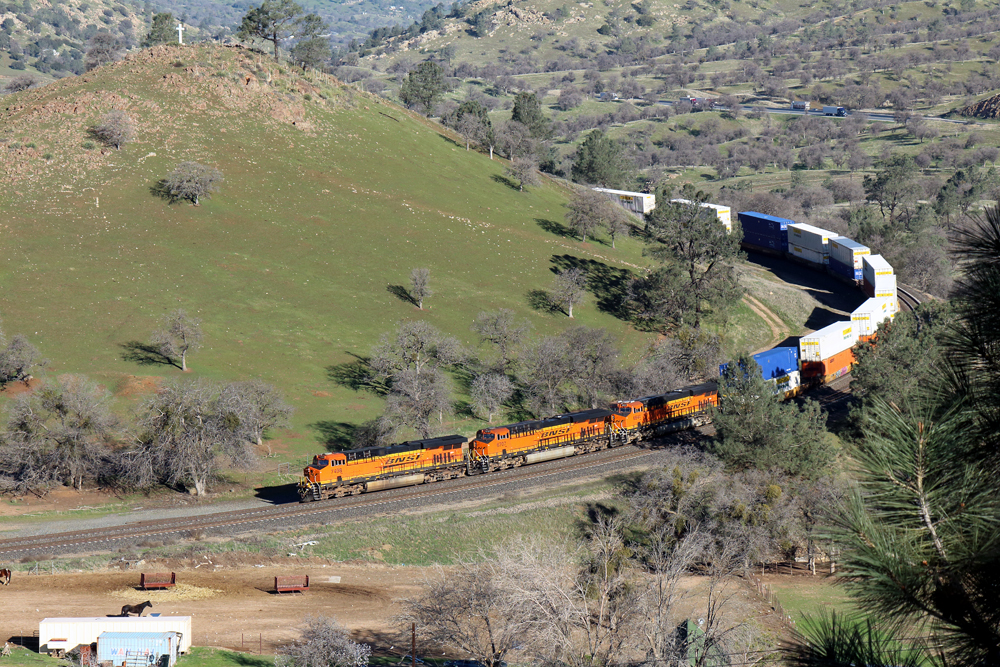
Walong, Calif.: David Lustig said it best in July 2022 Trains: California’s Tehachapi Mountains make for great railroading theater. The Tehachapi Loop takes center stage as the former Southern Pacific main line loops over itself to gain 77 feet in elevation in about three-quarters of a mile. As many as 40 freight trains a day from both the UP and BNSF Railway traverse this rugged terrain as part of the Mojave Subdivision between Bakersfield and Mojave, Calif. State Route 58 paralleling the railroad provides safe public access to the loop with a scenic overlook off Woodford-Tehachapi Road.
No. 8: Donner Pass
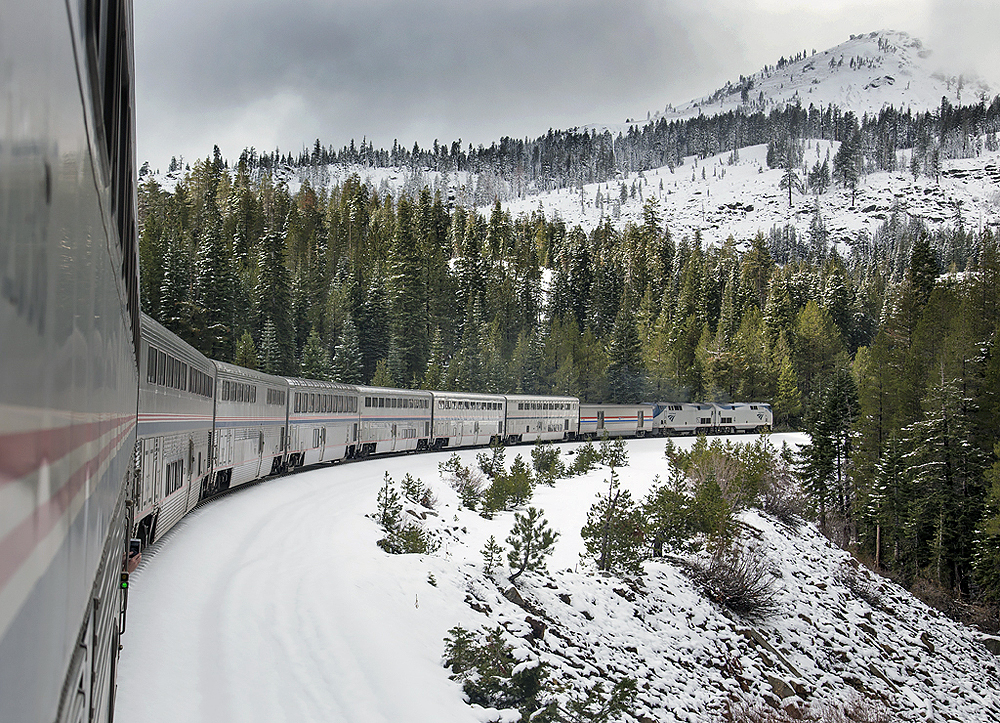
California: Donner Pass between Truckee and Colfax, Calif., is full of rich history. It was part of the first Transcontinental Railroad and was once home to unique snowsheds and ex-SP 4-8-8-2 cab-forward steam locomotives that helped keep the trains moving through the Sierra Nevada mountain range. Donner Pass is also known for its scenic beauty, where riding a train is the preferred way to soak it all in. Amtrak’s California Zephyr hugs the snow-capped cliffs at more than 7,000 feet in elevation and gives passengers a birds-eye view of Donner Lake. Educational guides from Sacramento’s California State Railroad Museum are regularly on board during the trip to highlight both historic and scenic areas within the pass.
No. 9: Cascade Tunnel
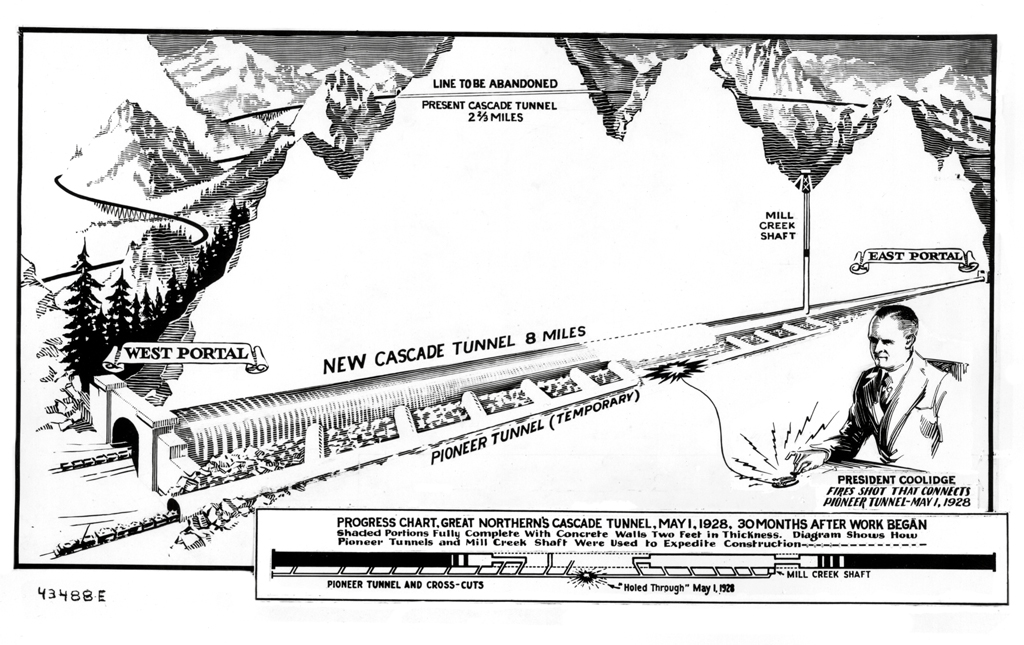
Washington: They didn’t call James J. Hill the “Empire Builder” for nothing. He stretched the former Great Northern Railway from the Twin Cities to Seattle. The Cascade Tunnel — the second incarnation — was opened in 1929 at 7.79 miles long, the longest tunnel in the Western Hemisphere. The project streamlined the route through Stevens Pass and ultimately the Cascade Mountains with a more efficient connection to the Pacific Northwest. Under the ownership and operation of successor BNSF, Amtrak’s Empire Builder uses the Cascade Tunnel to connect the cities and towns along its Chicago-Seattle journey.
No. 10: Rogers Pass
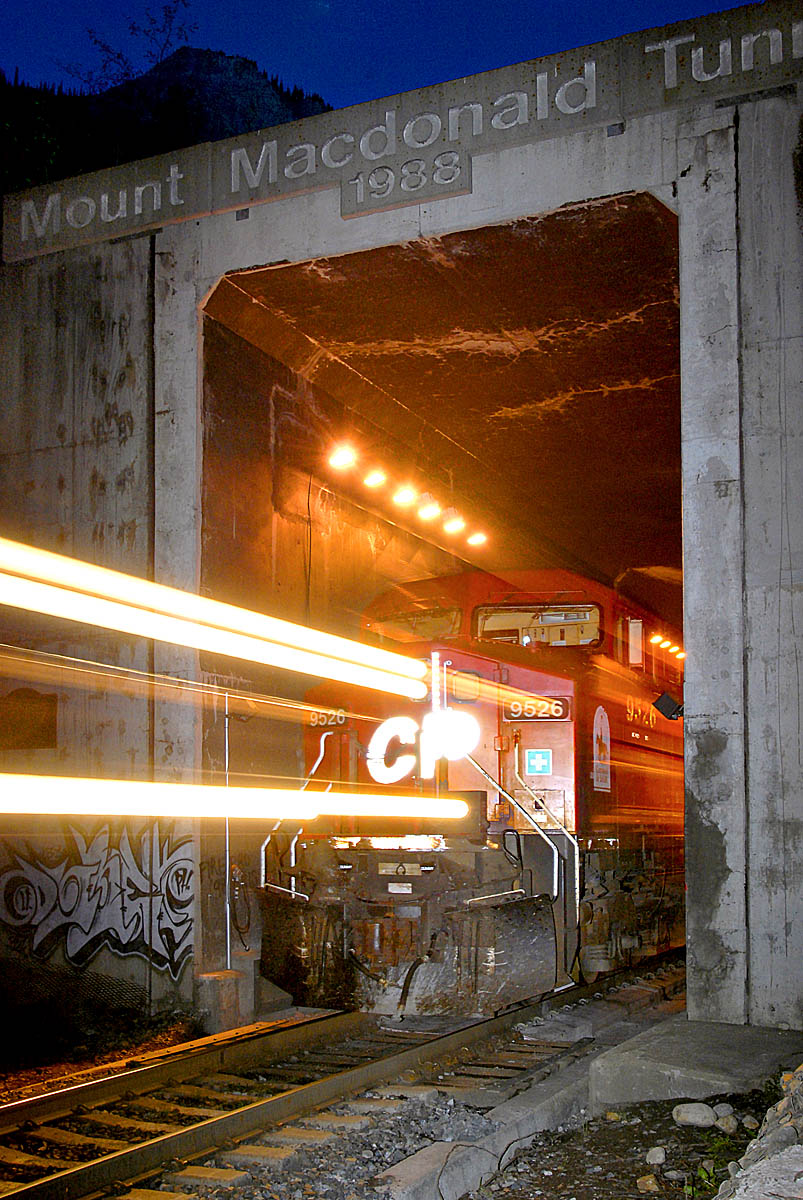
British Columbia: It wasn’t just the construction effort along the Canadian Pacific Railway’s Transcontinental line through Rogers Pass in the Selkirk Mountains that placed it on the must-see list of North American railroad engineering landmarks. The construction heroics combined with the ongoing effort to keep the pass operational earned its spot on the list. Since the route’s completion in 1885, winter storms make the 2.4% grade along the Mountain Subdivision treacherous, even with the construction of 31 snowsheds plus the Connaught and Mount Macdonald tunnels. It gets worse with the fear of avalanches lasting into spring. Summer and fall, however, are when the scenic wonders of Rogers Pass shine. The Rocky Mountaineer traverses the area seasonally from Vancouver, British Columbia, to Banff, Alberta, allowing passengers to fully experience the scenic wonders of the pass.
Of course, along with these 10 must-see railroad engineering landmarks, there are many more out there waiting to be explored. Do you have a personal favorite?














I would nominate the circa 1835 Canton Viaduct in Canton, MA which still carries Amtrak, MBTA and possibly freight trains. It is about 660 feet long, with a 1 degree curve and Amtrak design speed was 150 MPH, current timetable speed is 130 MPH (Amtrak). Canton Viaduct is a blind arcade cavity wall railroad viaduct built in 1834-35
in Canton, Massachusetts, for the Boston and Providence Railroad (B&P).[4]
At its completion, it was the longest (615 feet) and tallest (70 feet) railroad
viaduct in the world; today, it is the last surviving viaduct of its kind. It has been
in continuous service for 181 years; it now carries high-speed passenger and
freight rail service.
So why isn’t the Tunkhannock Viaduct in the list? Amazing viaduct in terms of engineering and what it looks like from a distance or from standing on it.
#2 Starrucca Viaduct, brings back memories for me. I headquartered on the former E-L Rwy, (Conrail), in Susquehanna, PA from 1977 to 1982 in the telecom dept, as a maint tech. keeping that open copper wire pole line in repair. By then, there was only one or two cross arms, (just 5 open copper wire pairs), contrary to the photo image above of greater capacity.
A high-rail truck was assigned to me for that purpose, especially needed for the Delaware River valley in the winter for snow bound RoW access towards ort Jervis, as well as the Susquehanna River part west of Gulf Summit towards Binghamton, where the Starrucca Viaduct was located just east of Susquehanna in Lanesboro, PA. One day I was driving on top of the Starrucca viaduct patrolling pole line when I spotted my next door neighbor D&H track dept maintainer in his hi-rail truck below me on the, then, D&H mainline passing through the viaduct, honking and waving hello to each other. Great memories. 🙂
You forgot the Pecos River High Bridge! Located approximately 234 rail miles west of San Antonio, Texas. Completion of this bridge in 1892 allowed a circuitous rail line which crossed the Pecos River on a low bridge to be abandoned. The bridge height is 325 feet above low water. This crossing of the “Pecos Canyon” made it the third highest bridge in the world at the time. Only a bridge in Bolivia and another in France were higher. The original rail line was the Galveston, Harrisburg & San Antonio Railway. The immediate successor was Southern Pacific followed by Union Pacific. With trains becoming heavier and the glut of World War II traffic, this “tired” bridge was replaced in 1944 with a deck truss structure. The 1944
bridge is still in use accommodating freight traffic as well as Amtrak’s Sunset Limited. The replacement is a few hundred feet “downstream” of the 1892 structure. The 1892 bridge was left intact for the remainder of World War II and dismantled after the conclusion of the war.
Wait! What?! Mt. Macdonald Tunnel called out before Spiral Tunnels??? For that matter, the engineering required to forge through The Thompson River Canyon certainly qualifies for my Top 10! Just Cisco Bridges alone – come’on man! …but maybe a tad bit of bias (grins):
https://www.trains.com/vid/railroading/series/drews-trackside-adventures/drews-trackside-adventures-episode-30-thompson-river-trek/